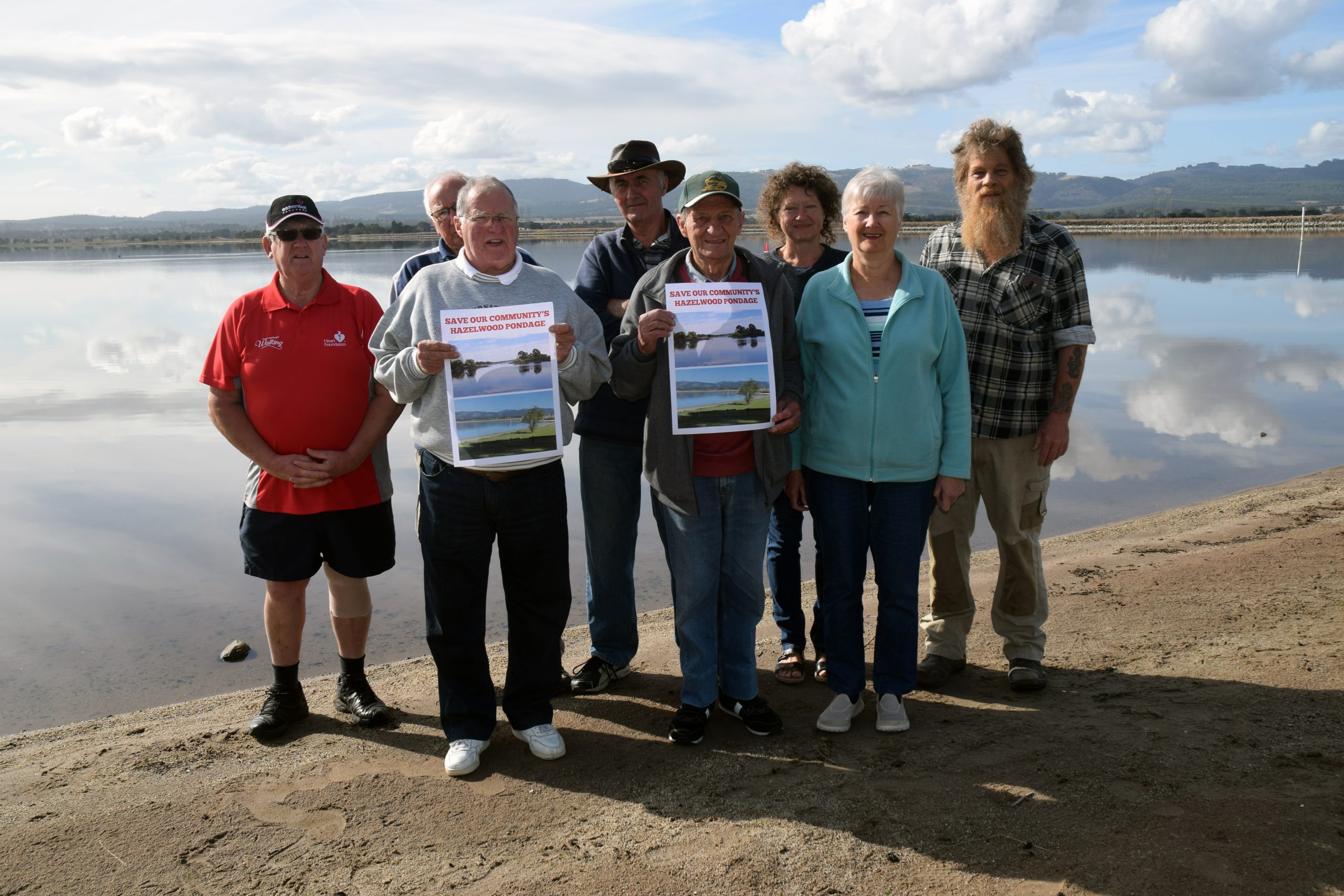Michelle Slater
Balancing the need for mine landform stability and protecting future water supplies will be one of the key challenges of rehabilitating the Latrobe Valley’s three mine voids.
Technical advisors from the Latrobe Valley Regional Rehabilitation Strategy outlined regional geotechnical and water studies during a public forum at the Morwell Bowling Club last Wednesday night.
They also ran through a draft land use vision to establish a framework to transform the vicinities around the mines and identify opportunities across the tourism, agriculture, food, energy production, services and education sectors.
About 100 people turned up to hear how the technical findings would go on to inform a final regional rehabilitation strategy to be released in June 2020. Water dominated the discussions, particularly about the possible impacts from filling the Valley’s mine voids as part of proposed rehabilitation plans to ensure a safe and stable landform.
Department of Environment, Land, Water and Planning water resources strategy executive director Grace Mitchell said water availability would need to be carefully considered as part of the process.
She said technical studies found it would take decades to fill each of the mines if the proposal went ahead, and supply would be suspended in dry times to maintain water to urban areas, agriculture and the environment.
“It will be a very careful balancing act needed as each mine closes. We do project a drier future,” Ms Mitchell said.
“This is why are working on access arrangements and how we can figure out this balance to protect existing water users and the incredibly important environment and Gippsland Lakes.”
Coal Resources Victoria acting director Anthony Feigl said stability and fire prevention presented significant issues to be considered in account with drier conditions.
He said changing economic conditions, as well as technical availability and community expectations would also need to be taken into account as each mine closed.
Hazelwood Mine Fire Recovery committee chair Carolyne Boothman asked the expert panel what a Plan B could look like if there was not enough water to fill the mines.
“I remain very sceptical that there is the water and resources to do this without a major environmental impact in the area,” Ms Boothman told The Express.
“We need to start thinking about what happens if we can’t find the water to do this, then what else can we do?”
Environmental Justice Australia Bronja Lipski is writing a submission into the draft land use vision, and said the protection of water resources was “paramount in discussions of future land use planning and mine rehabilitation”.
She said rehabilitation also needed to also consider power stations and other heavy industrial land sites as toxic heavy metals and pollutants would have serious implications for future planning.
“The community has a right to scrutinise the technical documents currently being prepared, and potentially seek independent assessment of these documents, to put forward rehabilitation plans that are alternatives to the creation of pit lakes,” she said.











